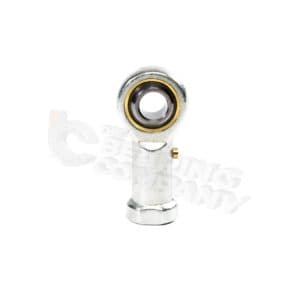Female Rod Ends
Showing 1–12 of 30 results
-
PHS 12mm Female RodEnd End Bearing M12x1.75 Right Hand Thread
-
PHS 16mm Female RodEnd End Bearing M16x2 Right Hand Thread
-
PHS 18mm Female RodEnd End Bearing M18x1.5 Right Hand Thread
-
PHS 20mm Female RodEnd End Bearing M20x1.5 Right Hand Thread
-
PHS 22mm Female RodEnd End Bearing M22x1.5 Right Hand Thread
-
PHS 25mm Female RodEnd End Bearing M24x2 Right Hand Thread
-
PHS 28mm Female RodEnd End Bearing M27x2 Right Hand Thread
-
PHS 30mm Female RodEnd End Bearing M30x2 Right Hand Thread
-
PHS10 10mm Female RodEnd End Bearing M10x1.5 Right Hand Thread
-
PHS10L 10mm Female RodEnd End Bearing M10x1.5 Left Hand Thread
-
PHS12L 12mm Female RodEnd End Bearing M12x1.75 Left Hand Thread
-
PHS14L 14mm Female RodEnd End Bearing M14x2 Left Hand Thread

